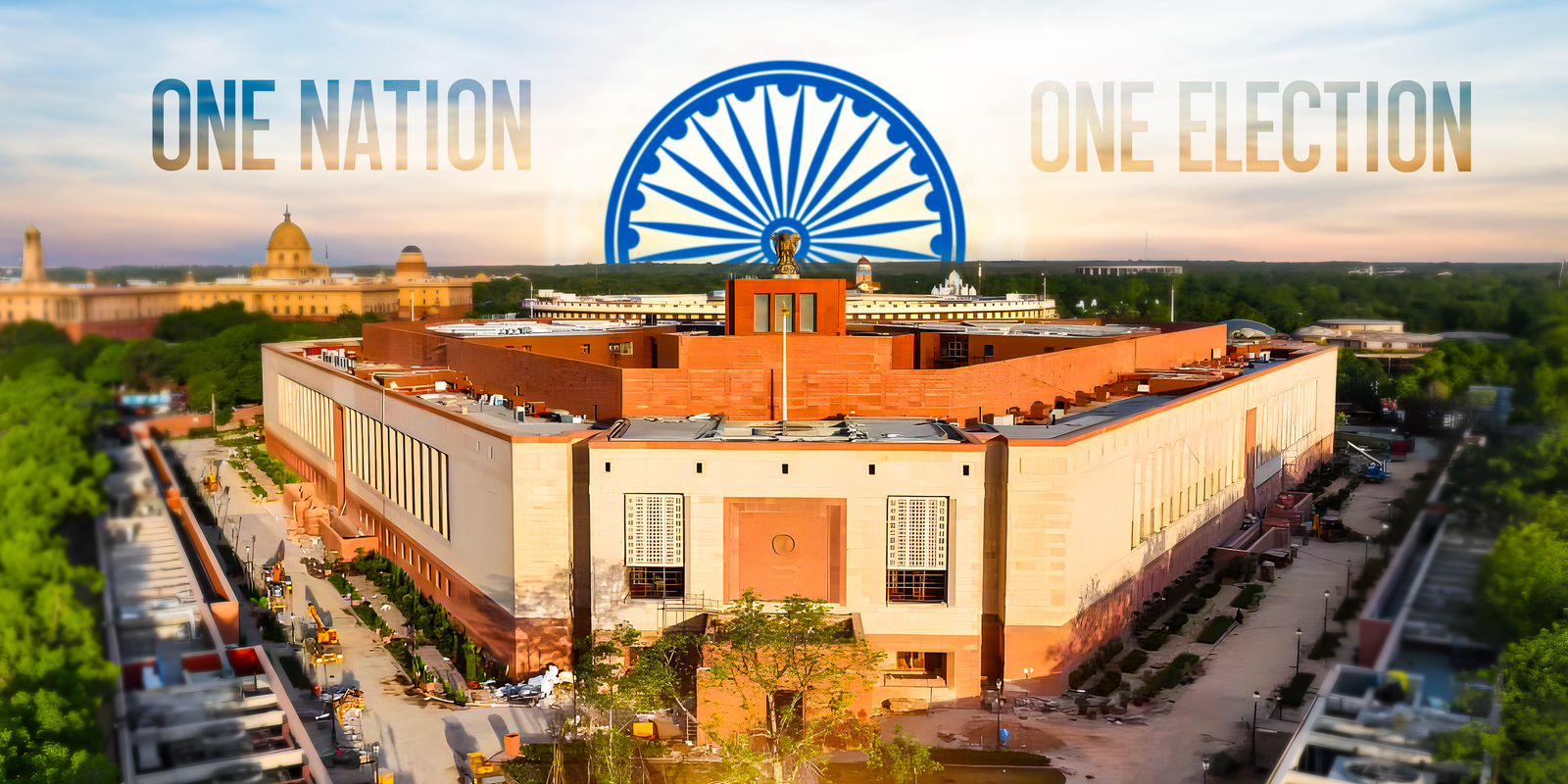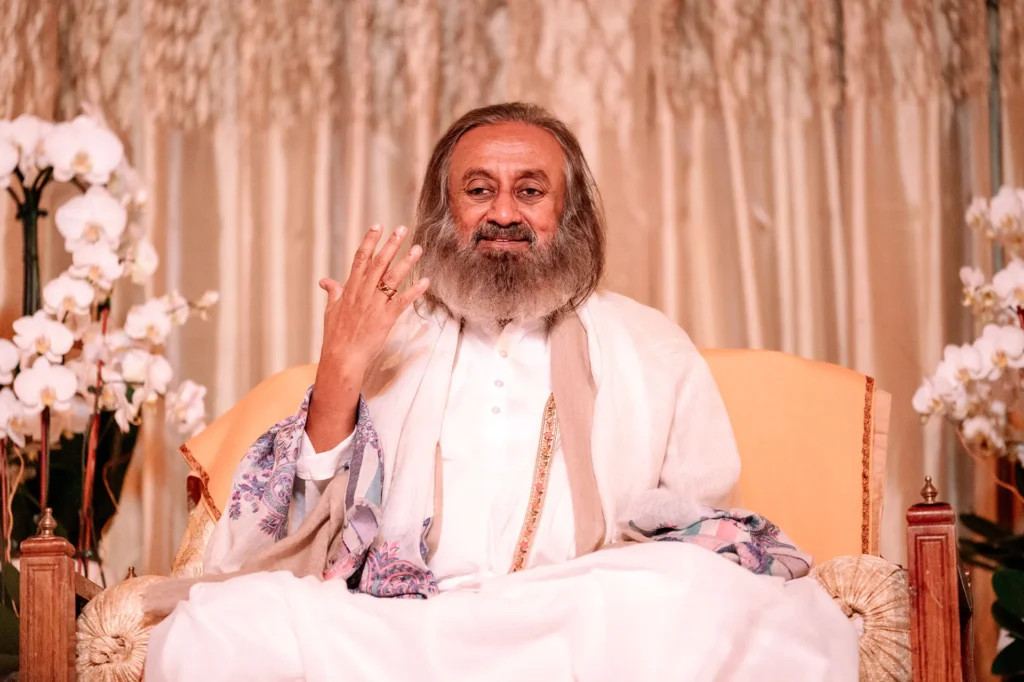The prospect of “One Nation, One Election” (ONOE)—holding India’s national, state, and local elections in a single, synchronised cycle—is gaining momentum as a transformative reform. Originally practiced during India’s first four general elections, this system dramatically streamlined governance and reduced the costs of electioneering. Now, the idea is reemerging with strong governmental support, promising significant benefits for both policy implementation and democratic participation.
A Return to Unified Elections
From 1952 to 1967, India ran Lok Sabha and State Assembly elections together. These synchronous cycles fostered efficient governance, ensuring administrations could focus on policy delivery without frequent electoral disruptions. Although subsequent political shifts led to a staggered election calendar, ONOE seeks to bring back the practical advantages of unified polls in a modern context where technology and governance structures have evolved.
Enhancing Governance Efficiency
- Reduced Financial Burden
Frequent elections impose immense logistical and financial strains. The 2019 Lok Sabha polls reportedly cost around ₹60,000 crore (including party expenditures). By consolidating all elections into a single cycle, ONOE is poised to cut these costs substantially, directing savings into critical areas like healthcare, education, and infrastructure.
- Stable Policy Environment
When elections occur almost every year, the Model Code of Conduct (MCC) often stalls essential projects.
Under ONOE, five uninterrupted years of governance would allow for long-term reforms—be it labor laws, green initiatives, or digital infrastructure—without the recurring pause of the election season. Maharashtra, for instance, faced significant delays during the 2019 elections, a challenge that would be minimised with synchronised polls.
- Efficient Use of Resources
Consolidating elections would also lessen the immense administrative load on security forces and election officials, who manage millions of polling stations. By streamlining the process into a single operation, resources—human, financial, and logistical—could be allocated more efficiently, thus strengthening the overall electoral framework.
Strengthening Democratic Participation
- Voter Engagement
Critics worry that merging elections might overwhelm the electorate. However, global examples show that synchronised voting often translates to elevated interest in the political process, with citizens coming together on a single day to cast votes across multiple tiers of government.
- Focused Campaigns
With a single, concentrated election period, parties can communicate their vision to voters clearly and cohesively. Regional and national issues alike would share a unified spotlight, potentially broadening voters’ perspectives and making campaigns more substantive rather than scattered.
- More Frequent Accountability Touchpoints (If Phased)
One Nation, One Election doesn’t necessarily mean a total absence of mid-cycle checks. Certain models under discussion allow for either phased adoption or by-elections if a state government falls, ensuring that accountability remains central to India’s democratic framework, while still providing most of the benefits of synchronisation.
Streamlining Federalism Rather Than Undermining It
Some critics suggest ONOE might overshadow regional identities or priorities. Yet, the consolidation of election timelines can encourage national parties to tailor their platforms more inclusively, acknowledging regional concerns within broader campaigns. This cohesive approach could unify diverse voices, promoting genuine cooperative federalism where national and state governments align more effectively on shared goals—whether that’s boosting GDP growth or addressing local development challenges.
Overcoming Logistical and Constitutional Hurdles
To implement One Nation, One Election, constitutional amendments—including modifications to Articles 83 and 172—are necessary to harmonise the terms of the Lok Sabha, state assemblies, and local bodies. While securing the required two-thirds majority and state ratification is a significant but achievable challenge, India’s robust democratic institutions are well-positioned to navigate this process if political consensus continues to build. Although initial costs for additional EVMs and personnel may appear high, the long-term benefits in fiscal savings, stability, and efficiency far outweigh these upfront investments.
Building Political Consensus
While certain parties express reservations, there is growing support from multiple quarters—including the public, as shown by substantial approval ratings in recent surveys. By addressing state-specific concerns and ensuring that regional voices are integrated, ONOE can stand as a unifying project that maintains India’s democratic ethos while innovating for a more modern and efficient electoral system.
Looking Ahead
One Nation, One Election represents more than just a procedural shift—it’s a visionary framework that could strengthen governance, enhance economic efficiency, and reinforce national unity. By consolidating elections into a single cycle, India can channel its energy and resources into sustained development, policy execution, and civic engagement. With careful planning, inclusive dialogue, and a commitment to upholding the spirit of federalism, ONOE can become a cornerstone of India’s democratic evolution, propelling the nation toward a future where governance and progress march in unison.



